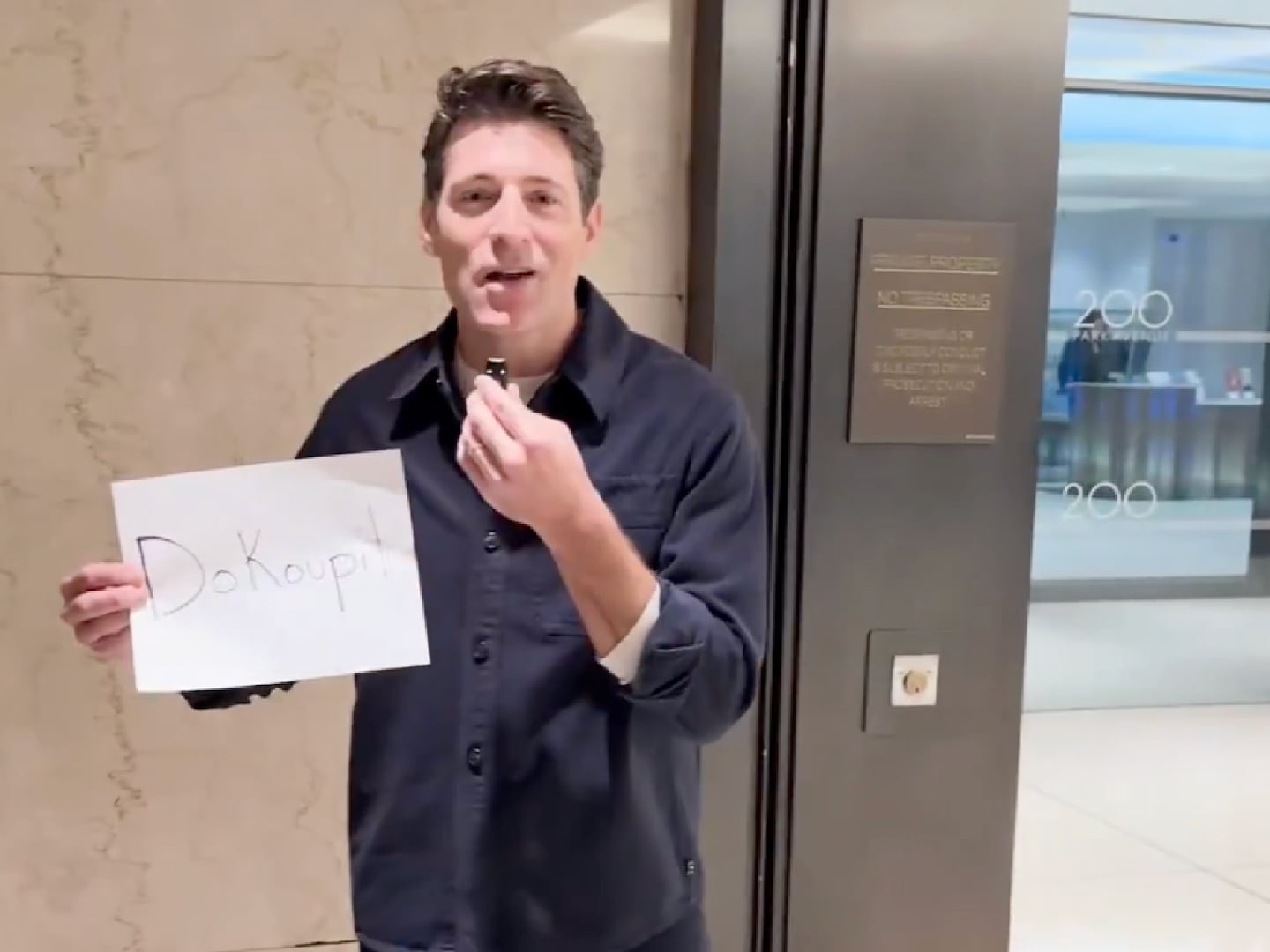
PLUS: the summer’s hottest new restaurants and more on Hungry Beast.
To write this piece, I have uncorked a personal favorite, a 2002 Napa Cabernet Sauvignon from Joseph Phelps. This is a magnificent wine, an affair of force and delicacy. Grown in the right place, crafted in the right hands, cellared appropriately, it resonates upon the palate like Chopin's Prelude in A Major.
I have been in love with Cab for over a decade now. We have had some great memories together. It is with great sadness and regret that I have to acknowledge our growing estrangement. Our love affair is troubled, and I have been stepping out with so many Pinot Noirs of late, it's scandalous.
There is no logical reason that Cabernet is nearly 20 percent more expensive than Pinot Noir on average. It should be the opposite.
But I am not completely to blame. Over the years, my dear Cab has devolved into a preening overindulgent drama queen, demanding more and more from me, and giving less and less in return. For every great bottle, such as the one I am enjoying right now, there have been a dozen brutish nightmares of overpriced tooth-staining swill.
As with so many breakups, it comes down to money. The cost of Cabernet has become unhinged from reality. A bottle of these grapes, chosen at random, is likely a ripoff. The Wine Institute in California reports that the average price of a bottle of Cabernet on a wine list last year was over $86. The runner up, Pinot Noir, clocked in at just under $69. It gets worse as the wines get better. If you look at wine ratings from Wine Spectator as a litmus test, prices for Cabernet rated as “excellent” are now wildly more expensive than other red wines of the same caliber.
All wines should bow to the pressures of basic economics. Quality plus scarcity plus popularity equals the price a wine can fetch. For all those reasons, a bottle of Jacques Prieur 2005 Corton-Bressandes costs $200 a bottle: It's an amazing bottle of wine (95 points from Wine Spectator) from a popular grape (Pinot Noir) from a famous wine region (Corton-Bressandes in Burgundy), and is produced in a tiny quantity (216 cases). It is expensive and it should be expensive.
There is no logical reason that Cabernet is nearly 20 percent more expensive than Pinot Noir on average. It should be the opposite. Cabernet is easier and cheaper to grow. It's easier to make. Plus, there is much more of it, too. There is about 128,000 acres of Pinot Noir planted worldwide. That sounds oceanic, until you realize there is more than 75,000 acres of Cabernet planted in California alone, and about a half million acres planted worldwide. Pinot is a mere puddle in comparison.
Cabernet doesn't cost more because it’s inherently a good wine: It just costs more. In a 2003 study, academics from University of California at Davis showed that Cabernet costs more than any other California wine, regardless of quality. It doesn't matter if tastes like a dead seagull spewing maggots, it will cost more. If it’s from Napa Valley, that fact alone will increase the cost by a few more points.
Most Cabernet is purchased for less than $15 in the U.S. In that category, Cab is a sad and wretched lot. Even if you are spending $30 a bottle, you are more likely than not getting the Muzak rendition of a wine: Big oak, big fruit, and big alcohol packaged up in a stylish bottle.
God help you if the bottle is actually any good. The same Davis study showed that the “tasting score matters the most for Cabernet wines,” with huge increases in price the better rated it is. Other types of wines see increases in price when rated well, but not nearly to the degree of Cab.
This is not just a California phenomenon. A study published on Bordeaux wines by the American Association of Wine Economists showed that the price sensitivity to the famous Robert Parker’s grades in the Wine Advocate were stronger for Cabernet Sauvignon-dominated wines than for Merlot. Cabernet is going to be overpriced, no matter where it's grown. It’s just that hyped.
Most people dismiss Merlot as a fruity, easy wine. It's a silly mistake, but understandale. The grape has been abused by California winemakers for at least a generation; they have gotten in the habit of pimping it out as a easy, cheap drink for so long that its noble heritage is nearly forgotten. When treated with respect, Merlot outperforms Cab for both quality and value.
Here's the rub: It is nearly impossible to identify the difference between the two grapes. Every semester at the Wine School, I put together a blind tasting for sommeliers and other wine professionals. Less than 5 percent can tell the difference between the two grapes. This is because they are closely related genetically, and are traditional blending partners (almost all Cabernet is blended with Merlot, and vice versa).
Wineries focus on selling Cabernet rather than Merlot for the same reason General Motors focused on selling Escalades and Hummers: They are popular and offered huge profit margins. Let's use Phelps as an example. The bottle I am polishing off cost about $40, which is about the average cost for decent bottle of good Napa Cabernet. A bottle of comparable Merlot would cost about $30.
However, this bottle is not the winery's most famous offering. That honor would go to their ultra-super-mega-splendorous Phelps Insignia ($200 a bottle, with 12,000 cases produced in 2005). Funny thing is, there is very little difference between the Insignia and the regular Cabernet. They are made form the sames grapes, sourced from some of the same vineyards, and made by the same winemaker.
Why, you ask, does the Insignia cost four times as much as the Cabernet? For the same reason a Hummer had cost a fortune: It comes with spinning hubcaps and stainless-steel grill guards. Or the equivalent in wine bling: intense berry selection and oak aging.
Even now, the market for high-end Cabernet is falling apart. Auction and retail prices are down by 35 percent across the board. The Cabernet bubble is about to burst, and its not going to be pretty. A number of wineries will go bankrupt, especially the undercapitalized ones which pursued the unrealistic profits of ultra-premium Cabernet with a Madoff-like zeal.
After the smoke settles, I pray you are all cured of your feverish Cabernet mania. I pray that you boycott overpriced wines. If you won't do it for yourselves, do it for me. It's the only way I will ever be able to afford a bottle of the Insignia. I hear it's effing amazing.
Plus: Check out Hungry Beast, for more news on the latest restaurants, hot chefs, and tasty recipes.
Keith Wallace is the founder of the Wine School of Philadelphia.






